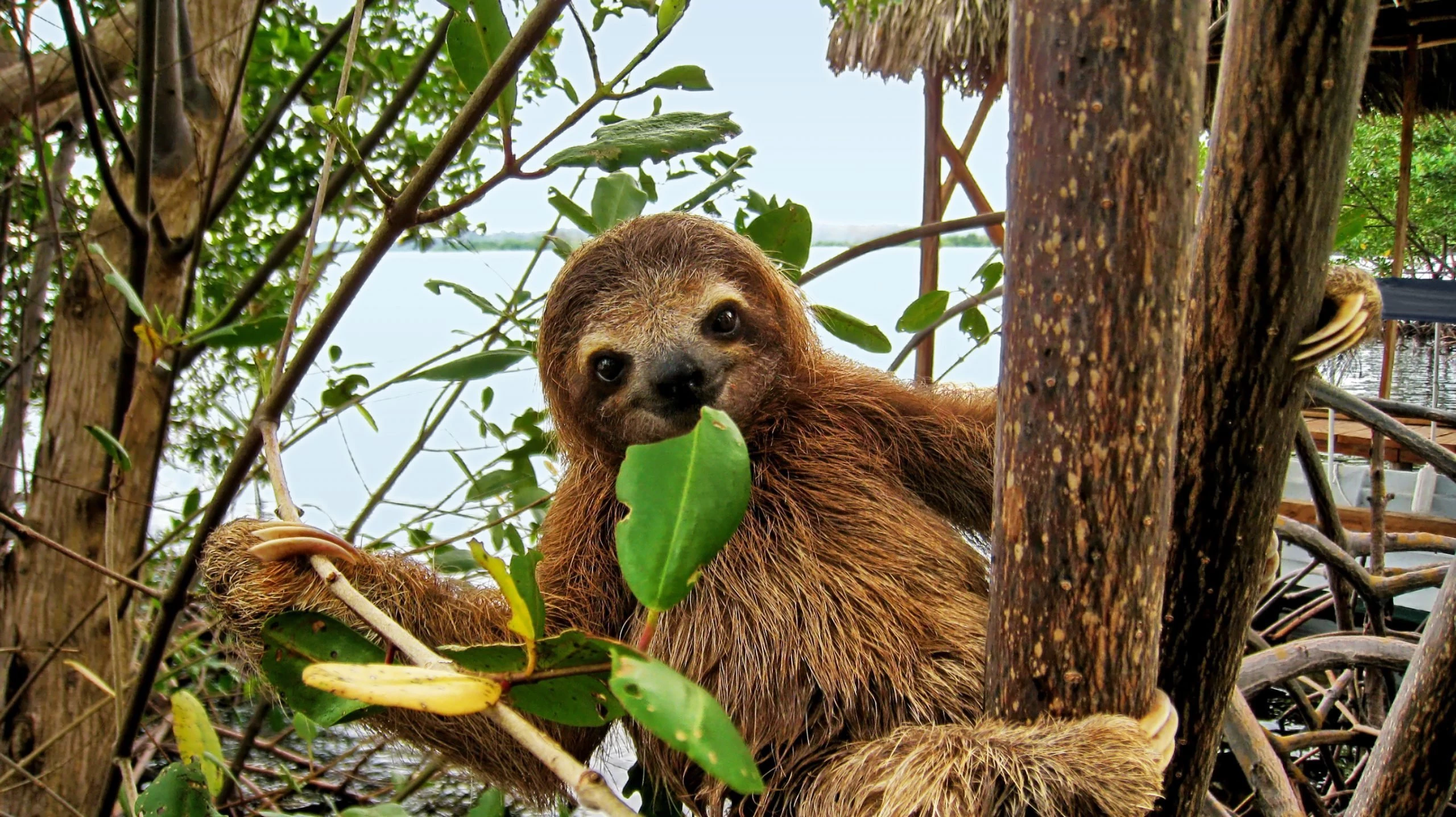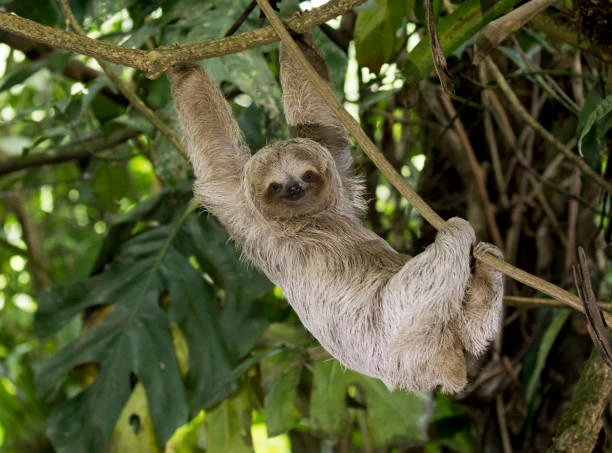A newly recognized species of sloth has a coconut-shaped head
Powerful people are less likely to be understanding when mistakes are made, study finds / Antibiotics are being applied to reefs to prevent coral disease
Contrary to earlier speculation, there is one more species of sloth in the world. Maned sloths inhabit a narrow forest belt in Brazil, and a recent analysis suggests that those in the south are a distinct species from those in the north. It was previously believed that three-toed sloths were divided into four species. The head of the maned sloth (Bradypus torquatus) is covered with coarse, brown hair, resembling a coconut husk.
According to Daniel Casali of the Federal University of Minas Gerais in Brazil, there were hints that not all maned sloths were the same. The sloths inhabit a strip of forest along Brazil's Atlantic coast, and in 1850, zoologist John Edward Gray described a unique species of sloth from the southern coast based on a peculiar skull. Recent research also revealed a significant genetic divide between northern and southern populations, despite the fact that later scientists considered this to be B. torquatus.

It was previously believed that three-toed sloths were divided into four species.
Further investigating, Casali and his colleagues compared the genetic information of 24 maned sloths with the physical characteristics of 55 others. The skulls, cheekbones, and jaws of sloths from the southern states of Esprito Santo and Rio de Janeiro were flatter, broader, and more rounded than those of sloths from the northern state of Bahia. Comparing their genes revealed a profound evolutionary split.
According to the researchers, the southern maned sloth is the fifth species of three-toed sloth, separated by more than 4 million years of evolution from B. torquatus in the north. They have resurrected Gray's old name for the sloth, Bradypus crinitus.
According to Anderson Feijó of the Chinese Academy of Sciences in Beijing, the findings "challenge our view of sloths as a well-known group in terms of diversity." Given the size and complexity of South America's landscape, says Timothy Gaudin of the University of Tennessee, there are "almost certainly" other sloth species not yet recognized by science.

A newly recognized species of sloth has a coconut-shaped head.
Due to a long history of deforestation, the ecosystem in which sloths reside, the Atlantic Forest, is in grave danger. The findings have significant implications for the conservation of maned sloths, which are already considered vulnerable to extinction by the International Union for the Conservation of Nature, according to team member Flávia Miranda of Brazil's State University of Santa Cruz.
She states that the conservation status will abruptly change. She states that the current ranges of both maned sloth species are approximately 400 square kilometers and that "both are considered endangered."
Journal reference: Journal of Mammalogy, DOI: 10.1093/jmammal/gyac059
End of content
Không có tin nào tiếp theo
